想要趁着周末或公共假期在国内旅游, 但只能想到槟城极乐寺、 吉隆坡双峰塔、 热浪岛, 又觉得这些地方太主流、 人又多、 而且没新鲜感了吗? 今天,小编就要来向大家介绍一些马来西亚可媲美国外、 鲜为人知的冷门景点吧·!
7 Things I Learned in Seoul During My Very First Visit
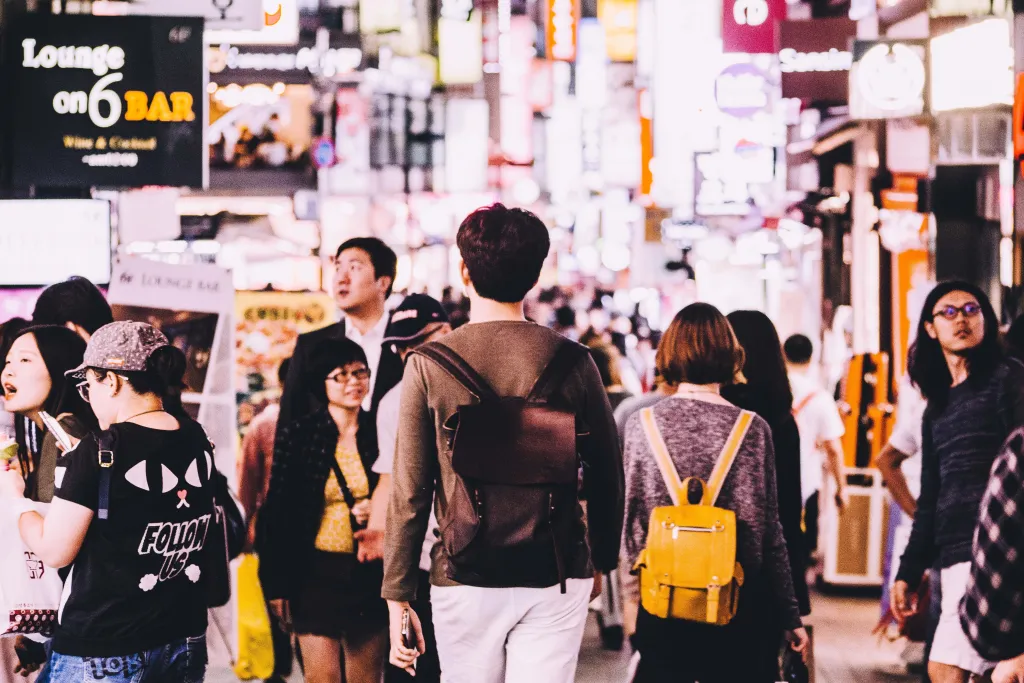
Early July 2019, I visited Seoul for the first time with my family. Not knowing what to expect, despite watching countless K-dramas since I was a kid, I allowed myself to explore at my own pace, at my own liking. I ate all sorts of street food, took countless photos of the city, and discovered random hidden gems on foot throughout Seoul. There was so much to explore!
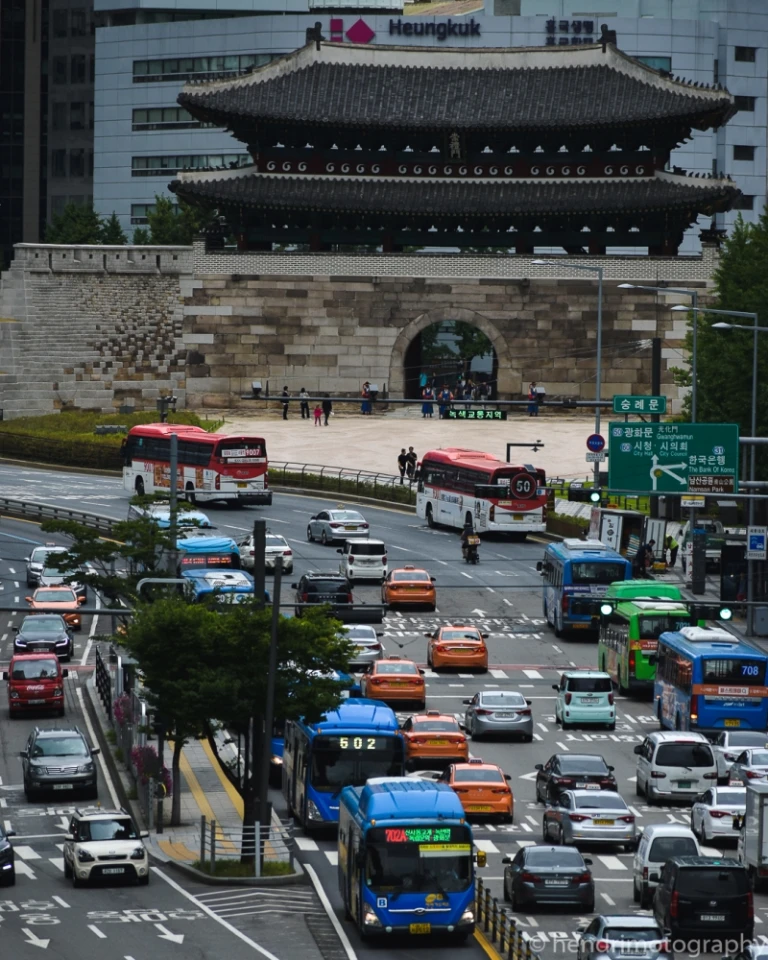
So, after staying in Seoul for almost a week, these are a few things I learned, or wished I had known before going there. Today, I’ve decided to share them with you!
1. Install Naver Map for easier navigation
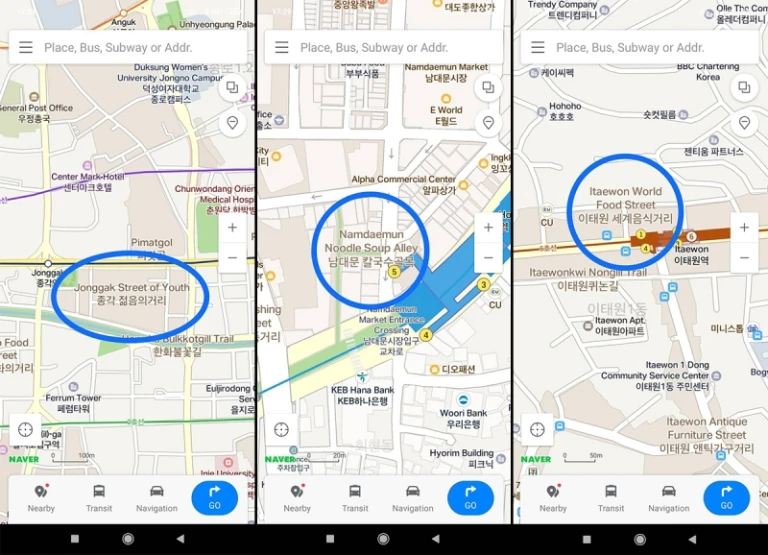
In Malaysia, we generally prefer to use either Waze or Google Maps in our daily navigation. However, in Seoul, it is much easier to use their local app called Naver Map since Google Maps does not work well in there. It is very easy to use, and it shows the cost estimates of taking the subway/bus or taxi to get to your destination too. It also shows you what a certain area is most popular for.
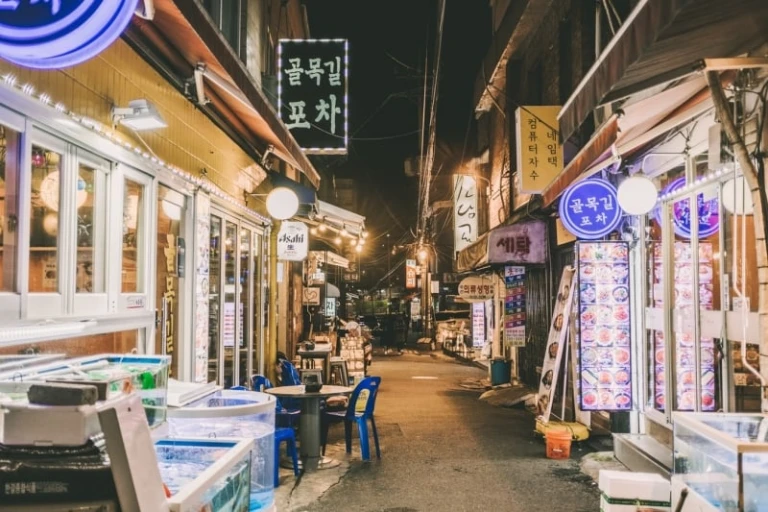
For example, in Namdaemun, you can see that there is a street for noodles, and shopping for accessories. On the other hand, Itaewon is where you can find various international foods around.
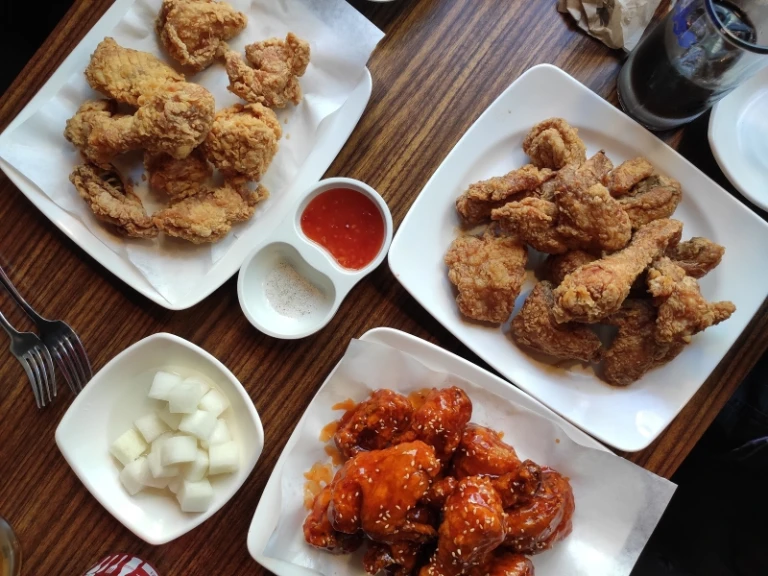
There is also Jonggak which is a popular spot for youth. Here, you can find a lot of places to hang out, such as bars, barbeques, and fried chicken spots. We ate some fried chicken in this area, and it was a real bargain! Three plates of fried chicken for just KRW 19,900 (~RM 68.80)!
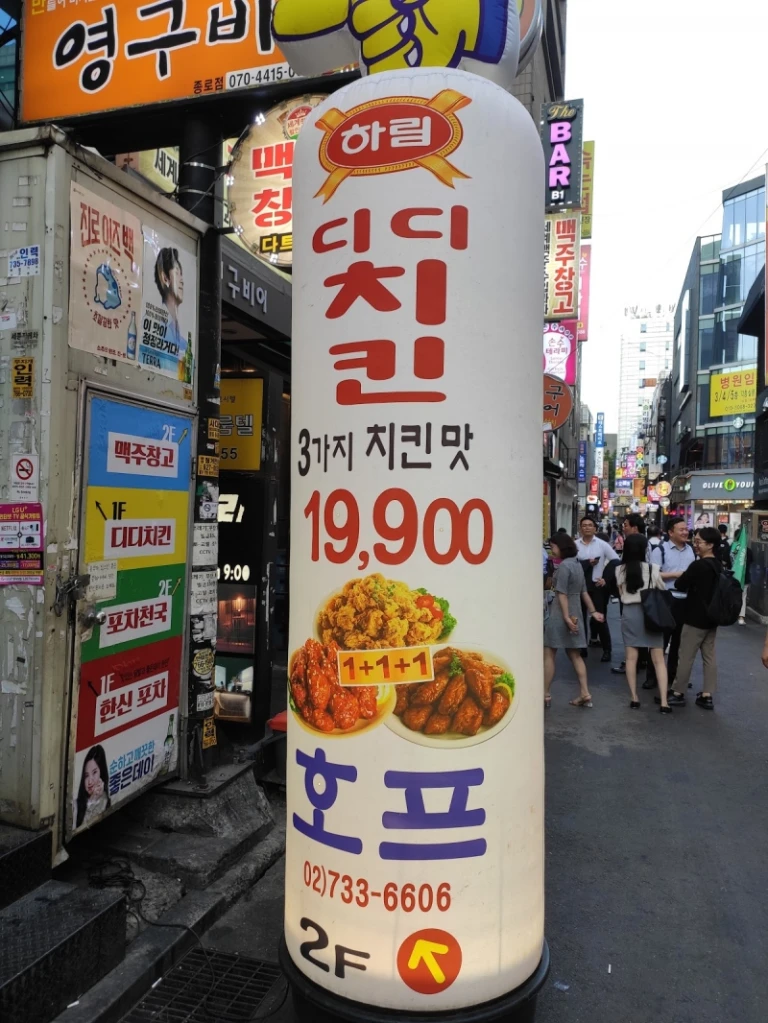
2. Always compare options for transportation
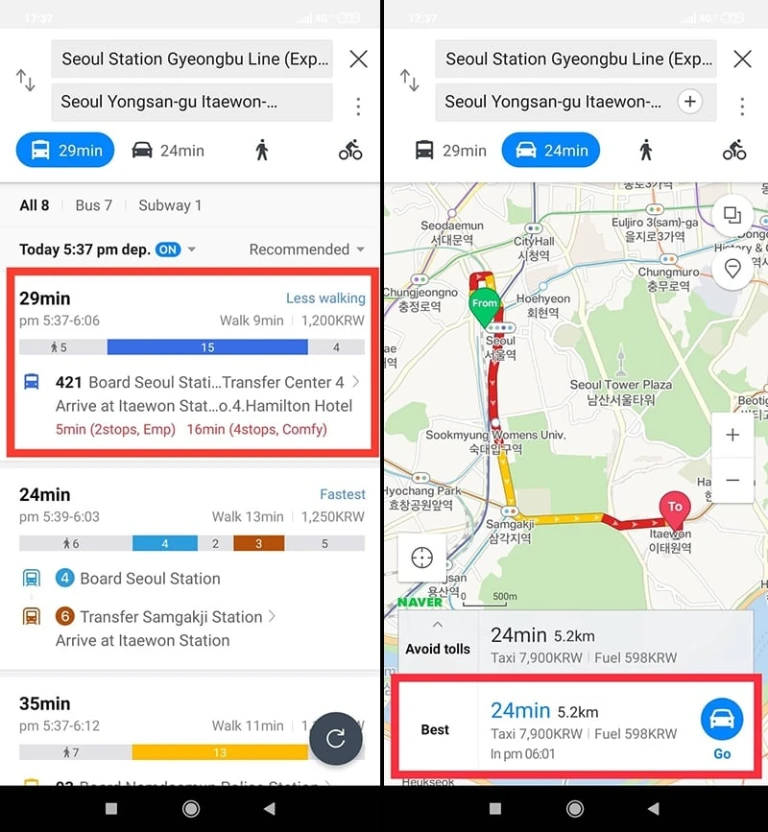
During my time in Seoul, I found that taxis can be a much better option for short distances than taking public transportation. If you are travelling in a group, the additional cost of taking a taxi per person is usually less than KRW 1000 (~RM 3.50). A small price to pay for such extra convenience.
Plus, taxis are everywhere in Seoul, so you can instantly get one, and get to your destination pretty quickly.
Note: This tip so far applies to the common taxis. There are several types of taxis that are available. The cheapest and most common taxis you can find are usually coloured in silver or orange. There are also other pricier options, such as the international taxis, and luxury taxis. You can refer to the official website for more information.
3. You don’t have to worry about language barriers
Signs and directions in Seoul are usually written in both Korean and English. So, using public transportation and getting around generally shouldn’t be a problem. The subway and bus lines are also colour coded, so you’re less likely to get onto the wrong line. If in doubt, always refer back to the Naver Map.
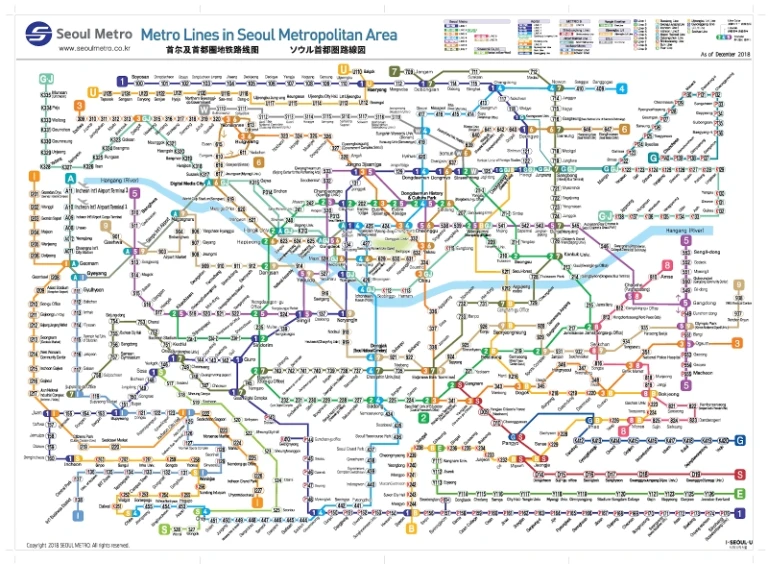
As for communication with other people, we managed to get by with just “annyeonghaseyo” and “gamsahabnida” most of the time. In a lot of the restaurants we visited, most of them either had menus with pictures, or with English text on them. Modern food courts or fast food restaurants are equipped with self-ordering screens, and English is available as an option too!
It’s definitely a plus if you are more fluent in Korean, but don’t worry too much about it if Korean is not your strongest suit.
4. Get the T-Money card
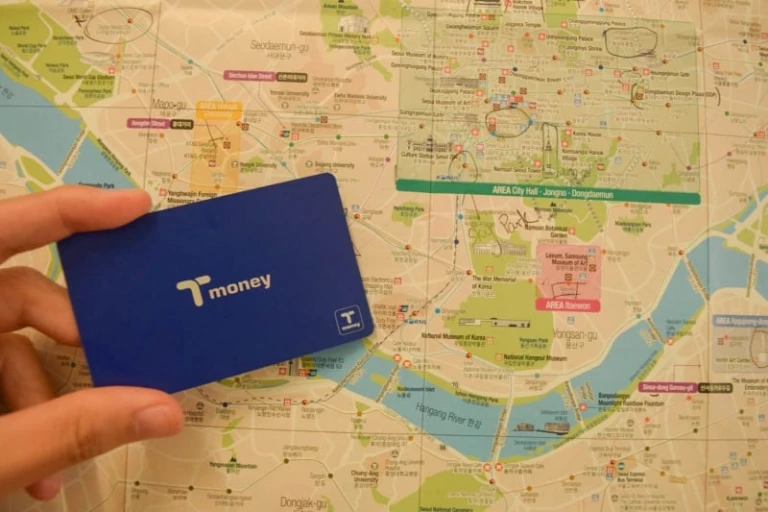
T-Money is like our Touch ‘n Go equivalent in Seoul. You can purchase it for KRW 2500 (~RM 8.70), and use it on the bus, the train, even in most taxis! You can also use it to buy items and food in some establishments. Just top up at any train station, and you’re good to go. It’s also a good way to carry fewer coins in your pocket when you’re travelling. The fare for public transportation is also discounted when you use the T-Money card. More savings, yay!
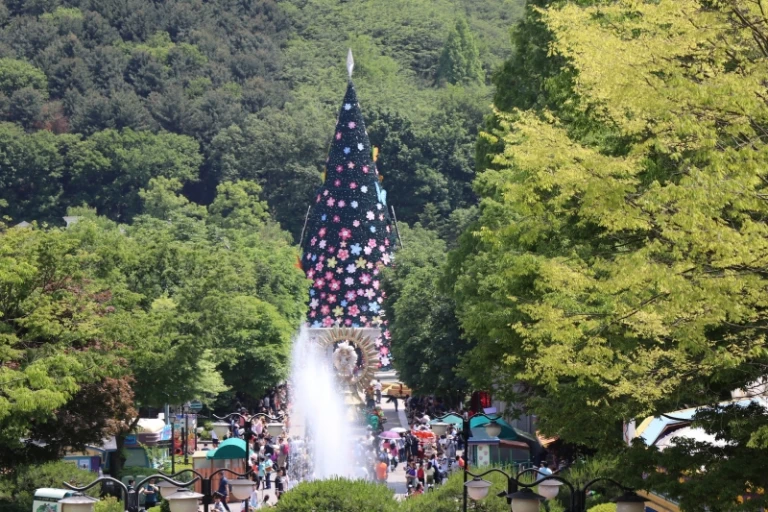
On the other hand, if you purchase the Korea Tour Card (KRW 4000 – ~RM13.90), you can use it like a regular T-Money Card too! However, the Korea Tour Card also provides discount benefits at popular attractions such as the National Museum of Modern and Contemporary Art, Everland, and Lotte World. Click here for more info.

Image credit: Korea Tour Card
5. Gyeongbokgung Palace, get there early
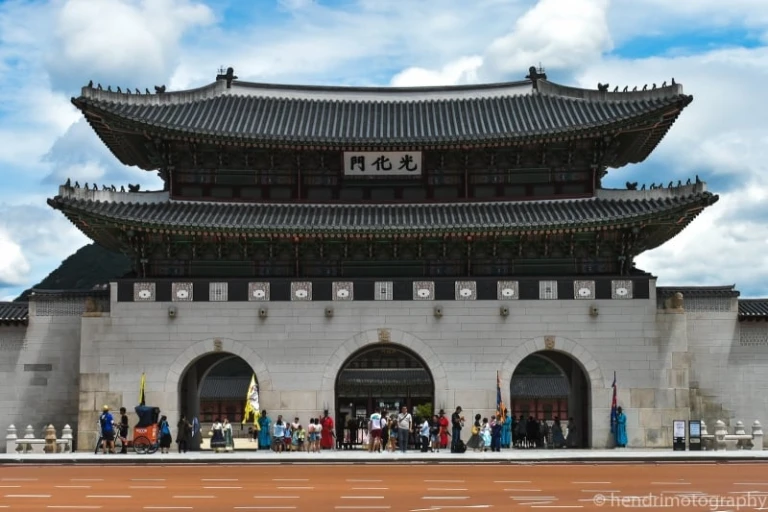
It’s a huge place, and really the highlight of Seoul. For KRW 3000 (~RM 10.40) (or free if you’re renting a hanbok), you can spend almost an entire day exploring and getting Insta-worthy photos throughout the palace grounds. But of course, being a major tourist spot, it can get a little crowded.
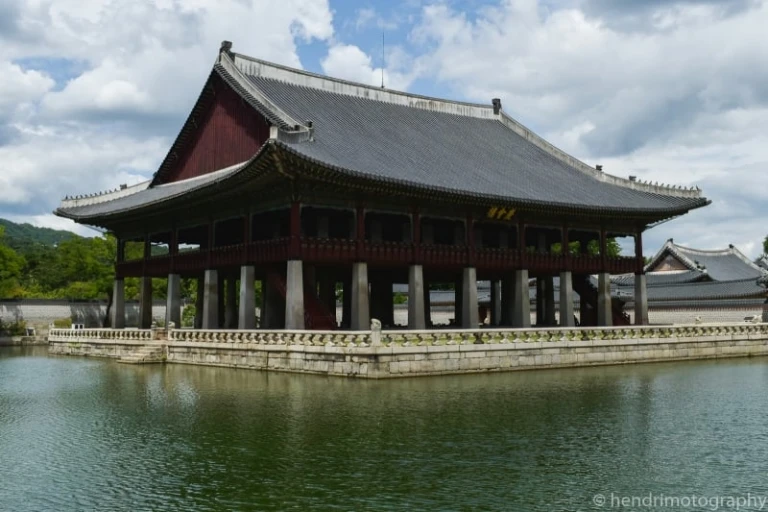
So, plan ahead, check the weather and perhaps go there early. Afterall, afternoon lighting is not usually the best for taking photos. If your timing is right, you can watch the guard changing ceremony right after your exploration, which is at around 10.00am and 2.00pm, depending on the weather.
6. Check out for bundle passes for savings
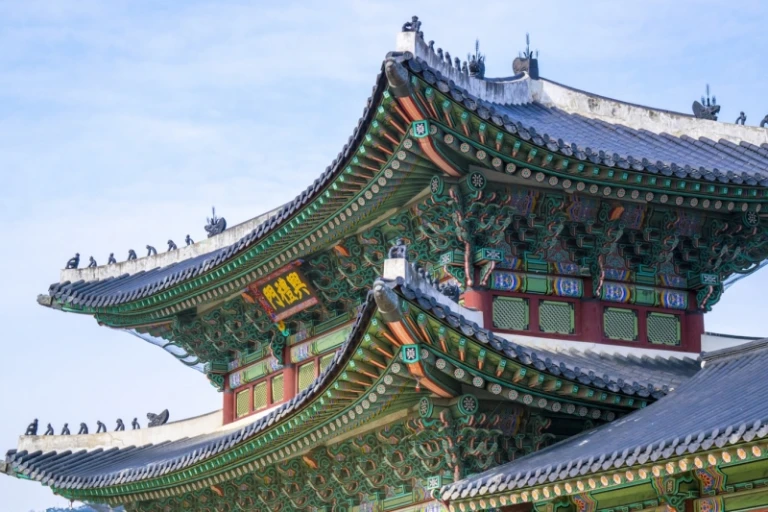
Speaking of palaces, there are quite a number of them scattered throughout Seoul. If you are looking for a more cost-efficient way to tour Gyeongbokgung, Changdeokgung (including Huwon), Changgyeonggung, and Deoksugung Palace and Jongmyo Shrine, then you can consider the combination ticket (KRW 10,000 – RM 34.60 with 3 months validity) that is available from the ticket booth at all four palaces and the shrine. Check here for more information.
Or if you want to visit a lot of major spots throughout Seoul, then you can consider the 24-hour, 48-hour, or 72-hour passes. Using these passes, you can get free admissions to 52 attractions and 40 special discount benefits! And if you purchase a physical pass, you can top it up and use it as a T-Money Card too. Check out the official website for more information.
7. Free tea/water and side dishes on most restaurants
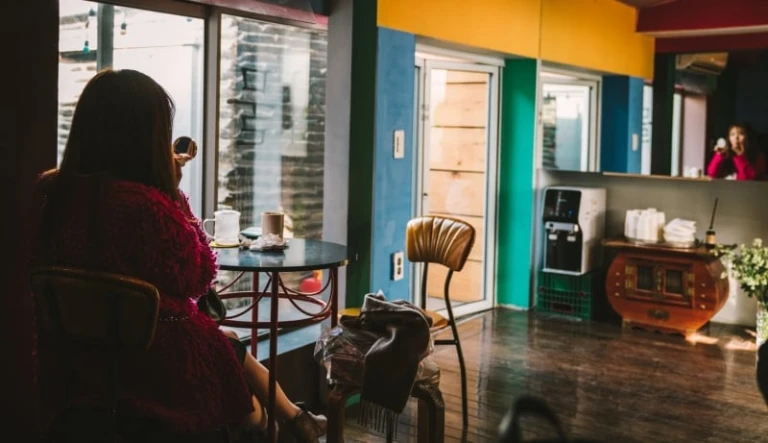
This may seem trivial, but this saved me a lot of money from buying drinks to get through the summer (though it was not much hotter than Malaysia when I visited in early July). And free water/tea is not exactly a common thing in restaurants in Malaysia. And some restaurants in Seoul actually serve you pretty good cold tea. That’s a bonus for me.
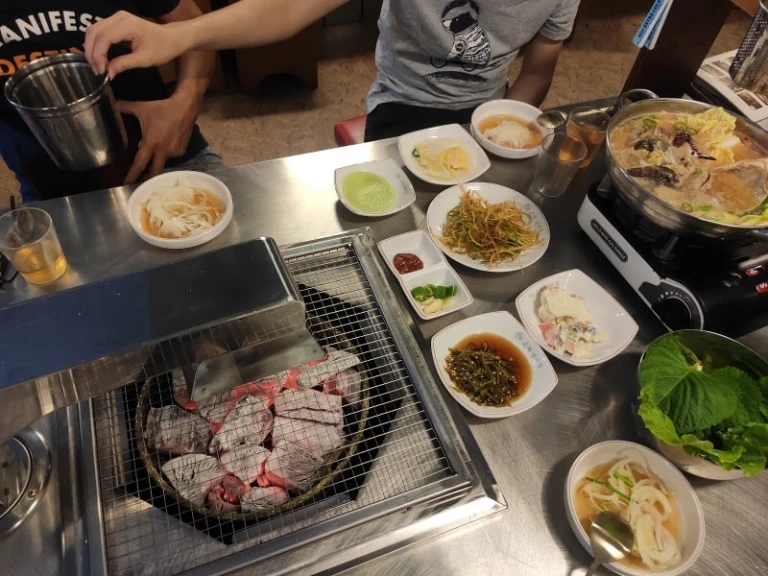
As for side dishes, you usually get two or three types, depending on what you order, and which restaurants you visit. Kimchi is almost always a must, but the other side dishes vary depending on the restaurant. It’s always a new surprise to get a new side dish whenever you visit a different restaurant.
Now that you’ve learned a bit about travelling in Seoul, think you’re ready for it? Seoul is a really fun and lively place to explore. Go pack your bags, and satisfy your wanderlust soul!
Also read: A Malaysian Guide To Budget Travel In South Korea
Published on
About Author
Hendri Sabri
RECOMMENDED READS
本地旅游好好玩! 马来西亚 10个 2025 必游的仙境 【Pulau Langkawi爆红住宿TOP 8】超高颜值的酒店,照片请来一波! 9月16日。。。约吗?
【亚洲跨年烟花TOP 8】带上家人和另一半欣赏爆炸式的浪漫! 每年的跨年大集会, 除了有歌舞升平的好气象之外, 还会有各种烟花大会, 迎接2020的到来~ 为你推荐这些超吸睛的烟火会, 还不赶快带上你最亲爱的去欣赏这份免费的浪漫情怀?!
【冬季篇】日本必去打卡的秘境TOP 10✅ 日本, 是亚洲一个神奇的旅游胜地。 但凡去过一次, 就会上瘾, 然后就会想要探索那里的春夏秋冬。 日本的冬季, 可以达到零下的温度, 甚至有很多越冷越受欢迎的景点。值得一提的是, 日本的冬季集浪漫、 萧条、 迷人为一身。 你也可以趁着冬季来到北海道滑雪, 或是泡一个美美的温泉! 无以伦比的旅行就此开始。
【学生党付得起的价位】新加坡超美味的豪华美食清单TOP 8! 以前总听别人说新加坡的食物不好吃, 那是因为不会吃吧! ~当然, 要享受到顶级的服务和美食, 钱包就一定不能太省啦! 毕竟马币兑新币汇率真的太高了。 不过, 为了吃真的不能省。 如果接下来想逗女朋友开心, 或是想慰劳一下家人, 就去邻国趴趴走吧!
RECENT ARTICLES
Christmas and New Year’s Buffet Promotions in Kuala Lumpur: A Comprehensive Guide A curated guide to Kuala Lumpur’s best Christmas and New Year buffet promotions.
槟城跨年倒数庆典全攻略:轻松迎接 2026 年 从海边烟花到酒店派对,带你快速了解槟城最热门的跨年倒数地点。
Christmas Events in Kuala Lumpur: Your Guide to Festive Magic This Season Here’s how to celebrate Christmas in Kuala Lumpur.
吉隆坡圣诞与新年自助餐优惠全攻略 从五星级酒店到高性价比选择,这篇带你快速选对吉隆坡的圣诞与新年自助餐
A Complete Guide to Things to Try in Shanghai This guide covers Shanghai’s essential experiences.

